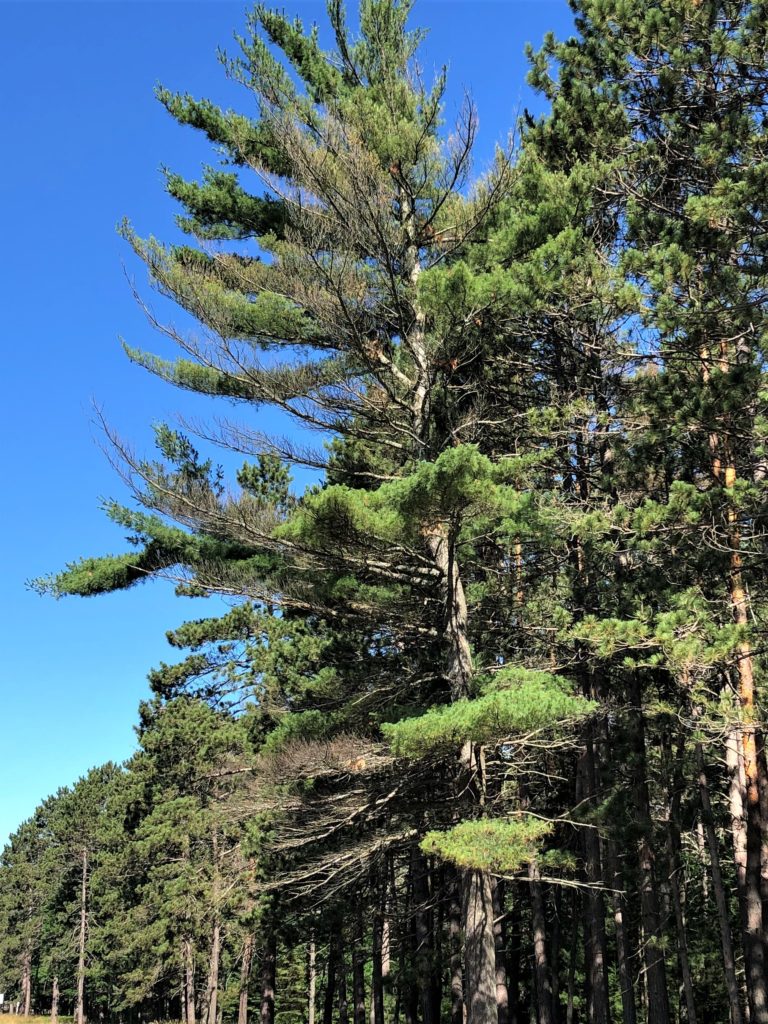Linda Williams, DNR Forest Health Specialist, Woodruff, Linda.Williams@wisconsin.gov or 920-360-0665.
The spruce budworm outbreak continues this year, but the amount of visible defoliation is generally lower than last year. Some areas of the Northwoods have severe defoliation this year, but in many other areas, the amount of new, green foliage far exceeds the amount of defoliation.
In areas where the defoliation appears less severe, you can still find plenty of caterpillars, but the new foliage is less eaten than anticipated. The late spring frost/freeze may have killed some caterpillars, or the long cool spring may have delayed bud-break enough that the caterpillars did most of their feeding on older foliage before the new foliage expanded.
The spruce budworm outbreak in Wisconsin started in 2012, and outbreaks typically last about 10 years. Mortality of balsam fir trees started to show up last year following several years of significant defoliation. Even with new growth on the trees this year, they may continue to decline, and mortality could still occur.
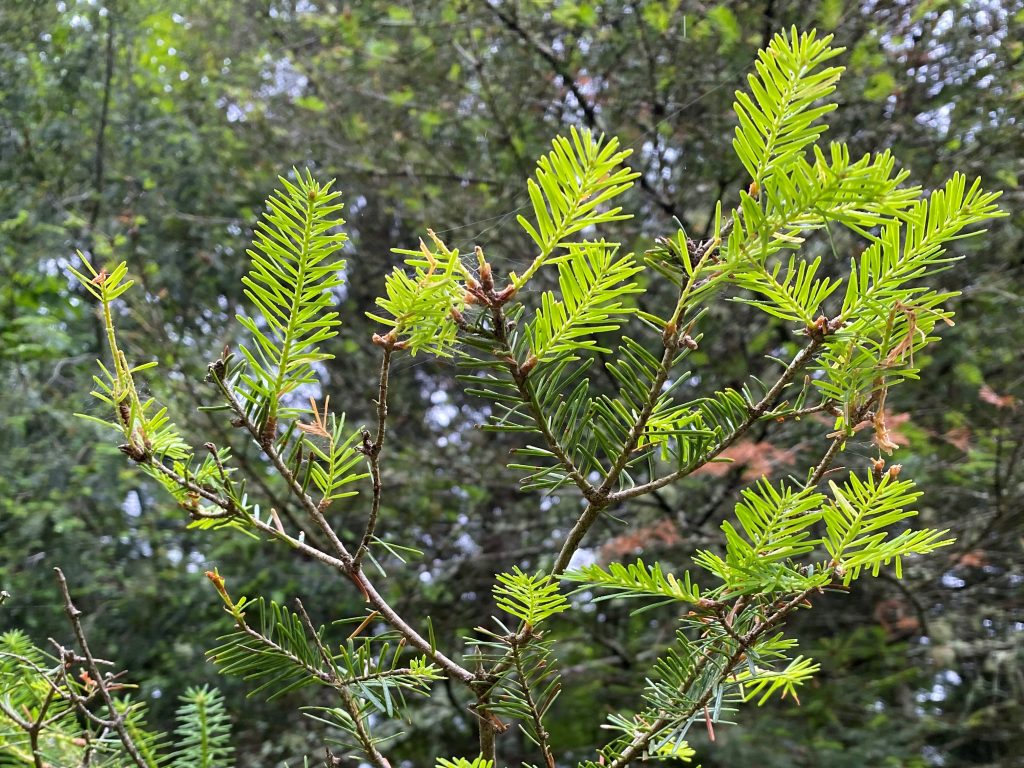
Defoliation is still present, but there is lots of new growth on balsam fir this year in many areas of northern Wisconsin.
Continue reading “Spruce Budworm, Balsam Fir Sawfly, And Yellowheaded Spruce Sawfly”

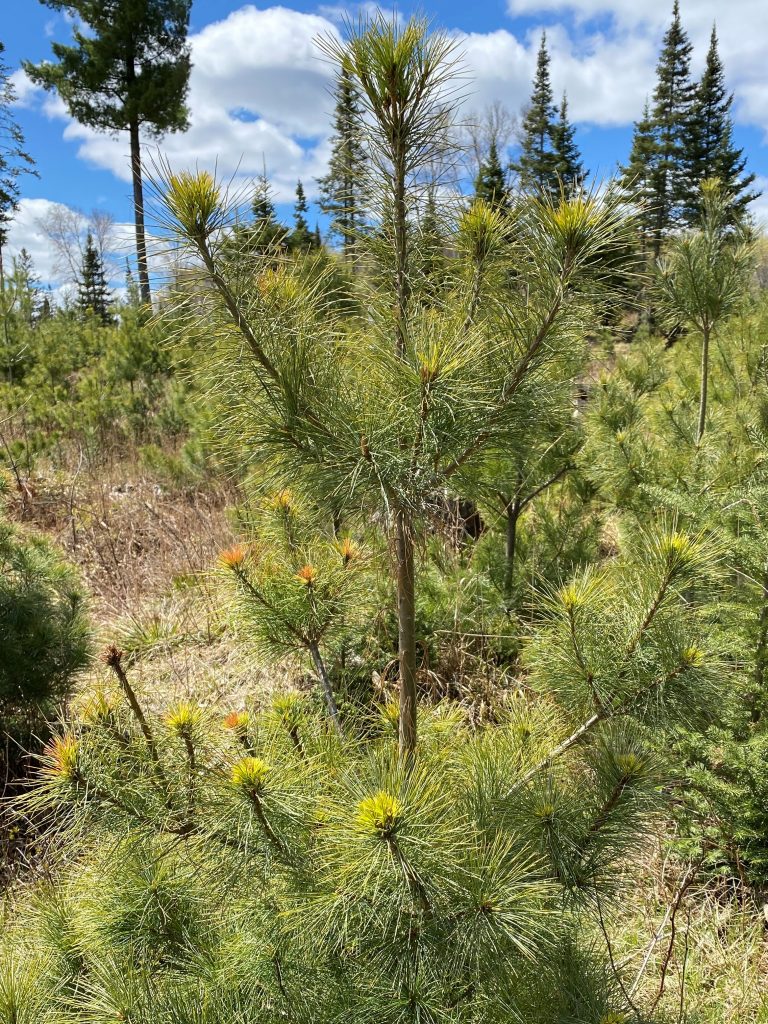
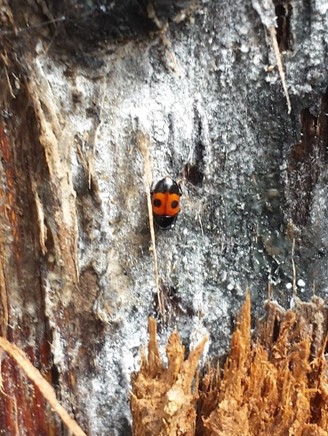

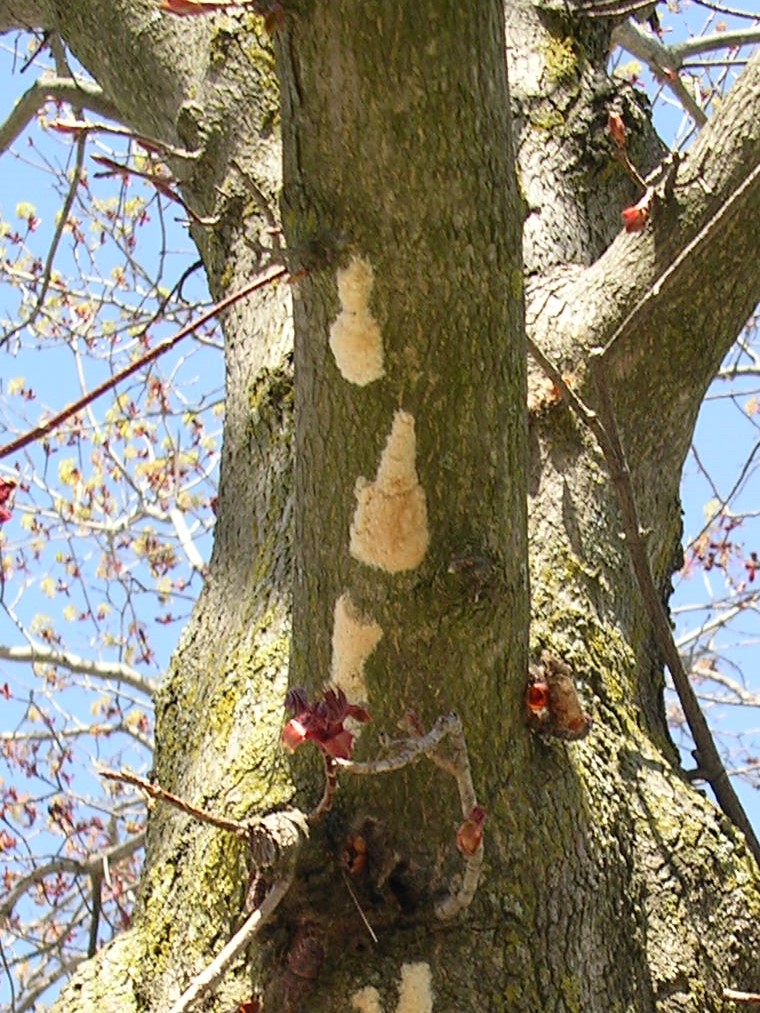
 The Wisconsin Department of Natural Resources’ Forest Health team recently completed the 2020 Forest Health Annual Report. The report summarizes impacts from pests, diseases and weather on the health of Wisconsin’s forests. Highlights from 2020 include:
The Wisconsin Department of Natural Resources’ Forest Health team recently completed the 2020 Forest Health Annual Report. The report summarizes impacts from pests, diseases and weather on the health of Wisconsin’s forests. Highlights from 2020 include:
